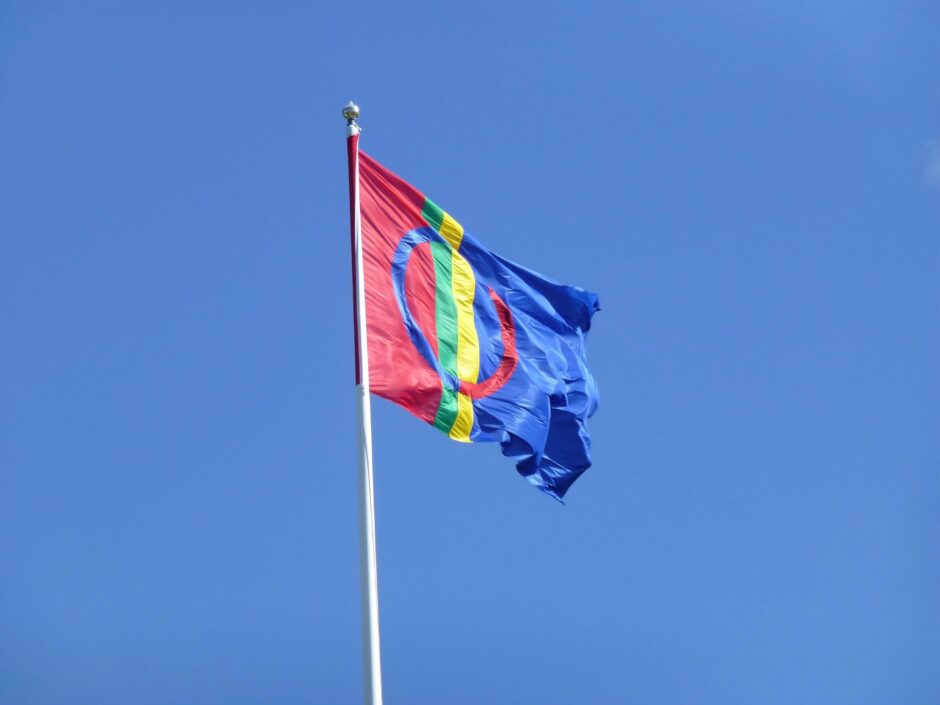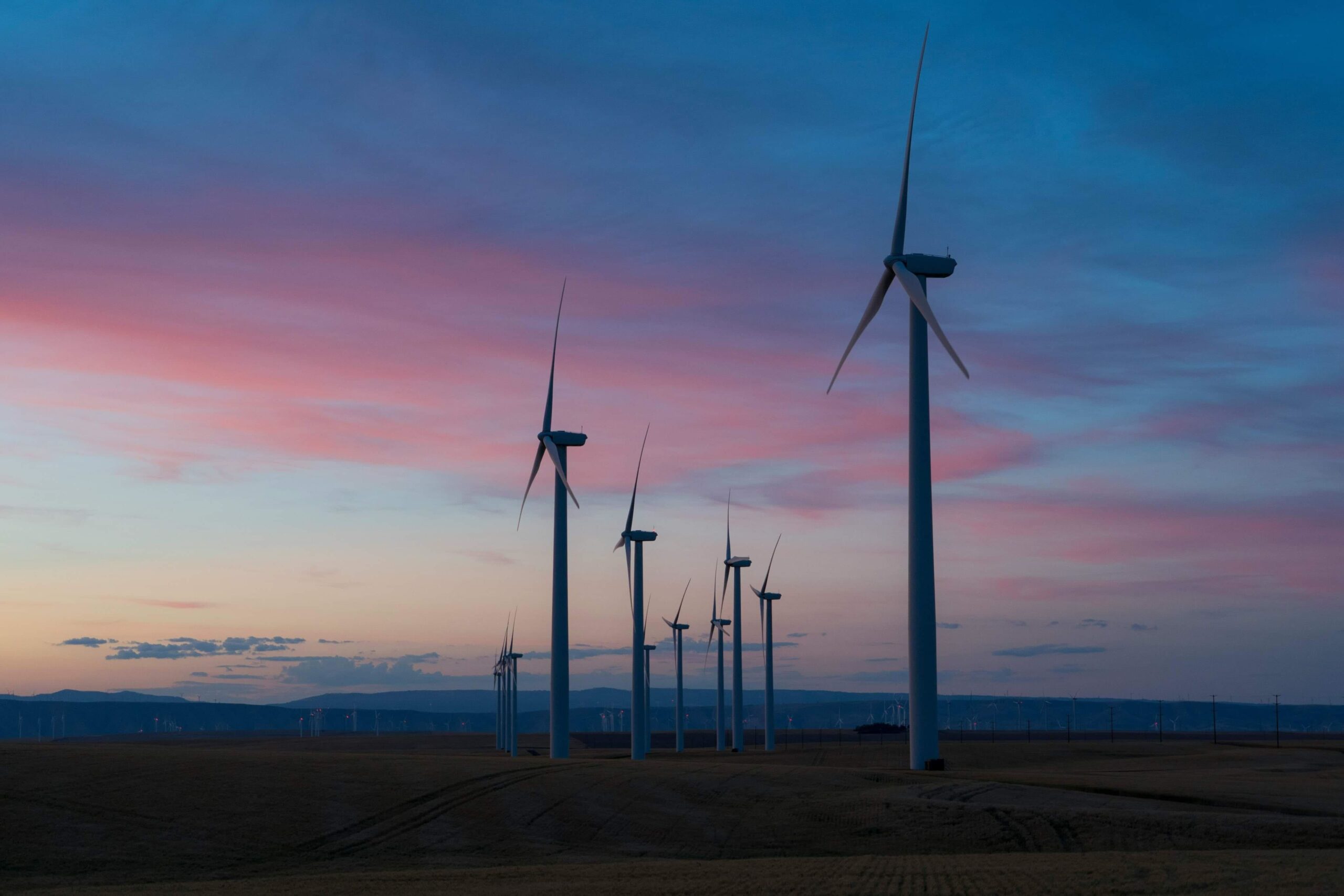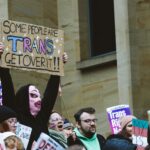To beat climate change, replacing fossil fuels with renewable energy is urgent. This might especially be true for a country dependent on its oil production, like Norway. However, what happens when climate change action occurs at the expense of human rights?
In Fosen, Norway, two indigenous Sami reindeer herding groups, the North-Fosen siida and the South-Fosen sijte, have traditionally used the area as an important grazing area for their reindeer. As indigenous people in Norway, the Sami’s culture and way of life are protected under human rights conventions and the Norwegian Constitution. Nevertheless, wind developers and the government, who are responsible for accepting licenses to build wind farms, decided to implement a wind farm development in Fosen back in 2013. Despite warnings that this could cause a human rights violation and without an agreement with either the local Sami siidas or the Sami Parliament, in 2019, Europe’s largest wind farm stood tall on the reindeer grazing area. The wind developers sought to economically compensate the local Sami for the harm. However, the Sami did not agree to put a price on their rights. Consequently, the case was brought to court.
In October 2021, the Supreme Court of Norway unanimously ruled that the amount of the proposed compensation did not really matter, because the original license was invalid as it breaks the local Sami’s right to exercise their culture according to the UN Convention on Civil and Political Rights Article 27. This is a historical verdict in the history of indigenous rights in Norway. The relationship between the Norwegian state and the Sami have been characterized by coercion, assimilation politics and discrimination. This was the first time the court had ruled in favor of the Sami based on Article 27. However, as of today, the wind farm is still standing and producing energy.
When a Supreme Court, in a democratic system of rule of law and separation of power, rules that something is classified as a human rights violation, one would think that the answer would be quite straight forward. However, according to the Norwegian government, it is more complicated than that. Firstly, the court did not state what should be done with the existing wind farm. Secondly, the government is not a direct part in the verdict and conflict. Nevertheless, the government is a co-owner of the wind farm developers and held the responsibility for accepting the license to develop. Maybe even more importantly, the state has the responsibility of protecting human rights and for repairing when said rights have been violated. However, whether the human rights violation is ongoing or not, and what the repair should look like, is still on for debate.
According to the government, the problem lies in the compensatory measures not being sufficient enough. Consequently, the government’s approach to repair is to investigate how one can implement “better” compensations for the Sami. It is apparently this investigation that delays human rights repairs. The government justifies this approach with a discourse focusing on a balance of interests. They claim that the area and the population need business development and economic growth, and that this consideration should be balanced with the interests of the Sami. They further attempt to legitimize the discourse by claiming that human rights violations could only come into force in the future if better compensatory measures are not implemented. However, the court verdict on the basis of Article 27 points out that such considerations or assessments of balance between the Sami and other interests should not be considered, as this would always benefit the majority of the population. Consequently, the only consideration that should be taken into account in the light of the verdict are the Sami’s human rights.
“It is absurd to have to keep an eye on our own authorities like this, and to have to pause your life in order to ensure that the state complies with its own laws and rules. But this is the fight we are born into. We are ready to protest again, if the Fosen-verdict is not soon respected. It is not because we want to, but because we evidently must”, Sami activist and prominent figure in the Fosen-protests, Ella Marie Hætta Isaksen said in a letter signed by a list of other Sami activists.

The political opposition, the Norwegian institute for Human Rights (NIM), the Sami Parliament, and Sami activities highlight that the violation is ongoing and that the government has not yet repaired the violation sufficiently. In February and March 2023, marking the then 500 days since the court verdict and without an apology from the government, Sami- and allied activists organized demonstrations and protests including civil disobedience in Oslo. For four days, activists occupied the halls of the Oil and Energy Department (OED) before getting removed by the police the following night. Several days of demonstrations and civil disobedience followed, including some activists staying in a lavvo outside of the Parliament for five weeks. Two years after the court verdict, in October 2023, NIM sent a letter to the Prime Minister warning that the UN usually grants states six months to repair human rights violations. The then two year delay could be considered a second human rights violation. The Sami activists also marked the verdict’s second anniversary by occupying the main pedestrian street and the halls of the Parliament in Oslo before getting removed by the police once again.
In January 2024, 20 activists were prosecuted. The activists had refused to accept the fines they were given during their civil disobedience protests. Meanwhile, the wind farm, based on invalid licenses, is still active. Although one of the groups, the South-Fosen sijte and their respective wind developers reached an agreement for compensatory measures through a mediation process, the conflict is still not over. Considering the history of oppressive politics towards the Sami population in Norway, the power asymmetry is evident. In a letter to the Prime Minister regarding the mediation, the North-Fosen sijte explained that they felt that they were negotiating with a gun to their heads.
Should we have to sacrifice human rights for climate change mitigation? The conflict might seem like a choice between climate action and human rights protection. A choice that should not need to be made. Such climate action as the Fosen conflict shows signs of green colonialism and sacrifice zones in which the majority culture sacrifices the minority and their area in the name of climate action. Instead, climate action should represent climate justice, which keeps human rights at its core. In other words, human rights protection should not pose a threat to climate action, but rather be seen as an important component in the fight against climate change.






